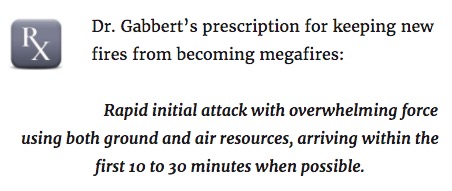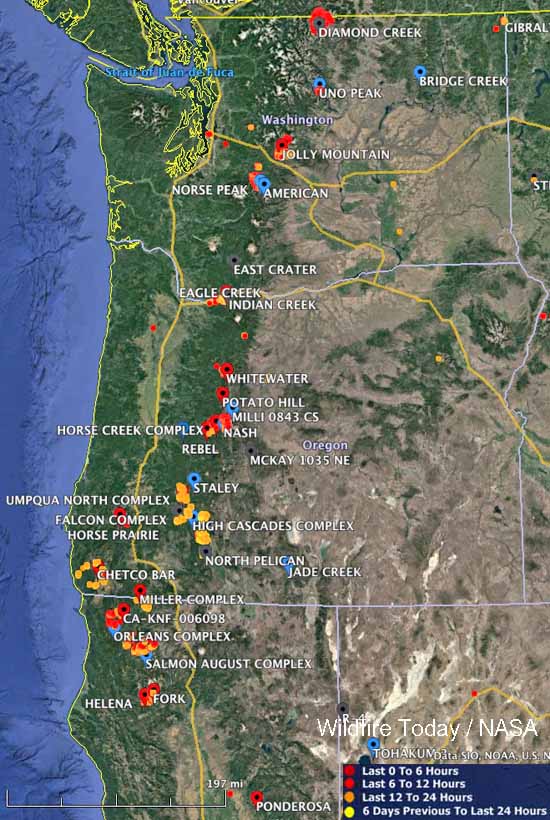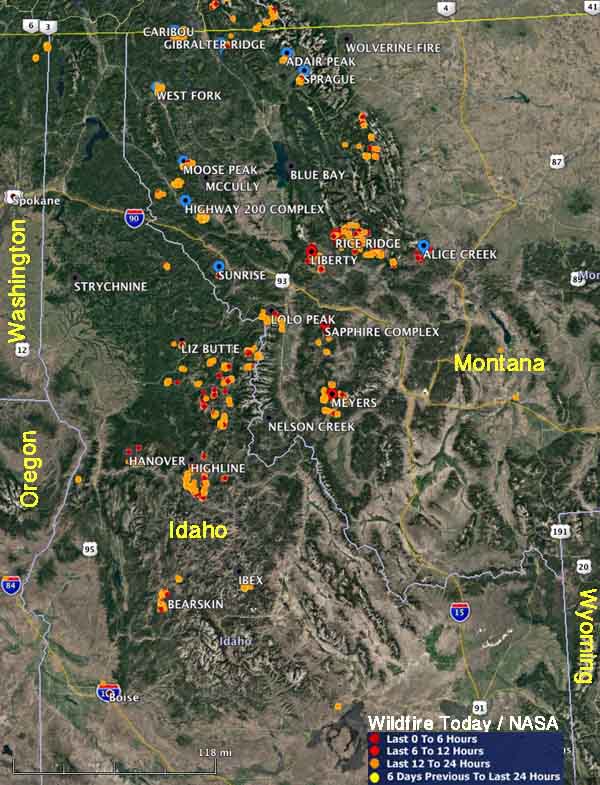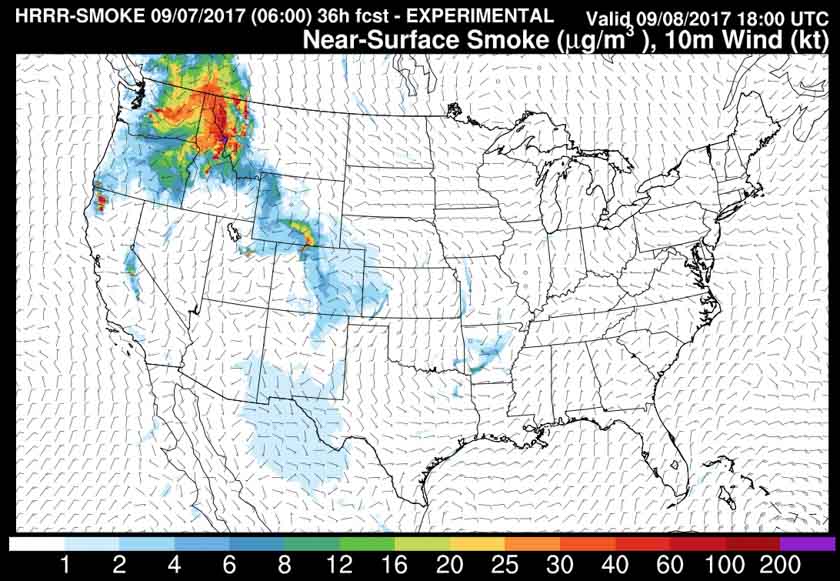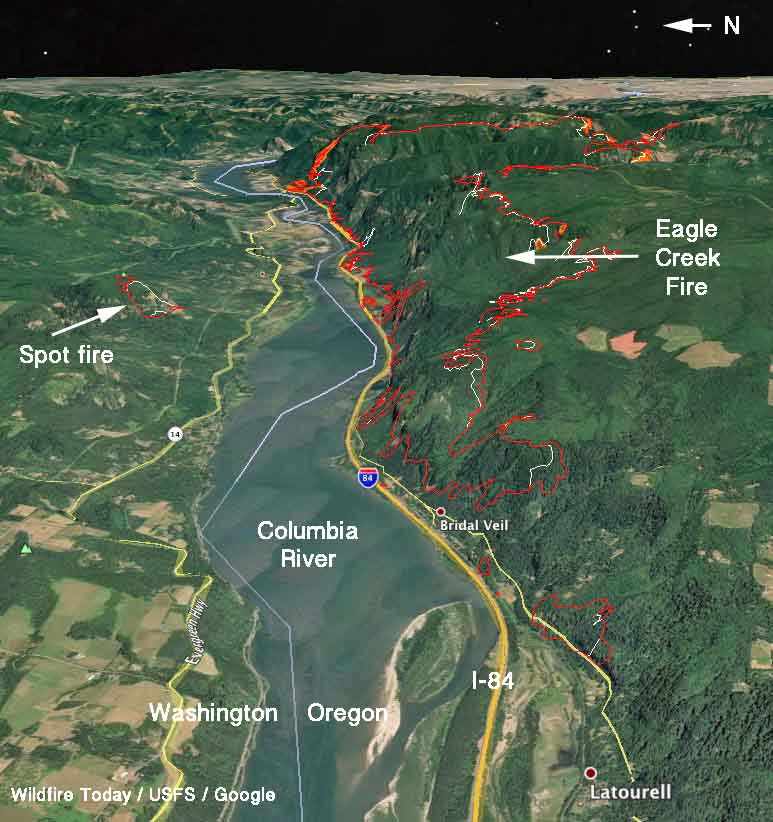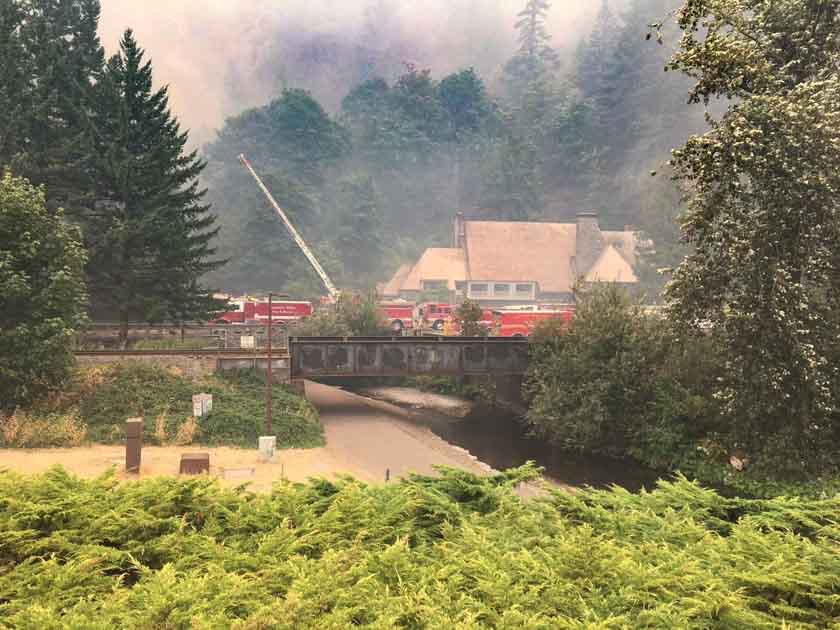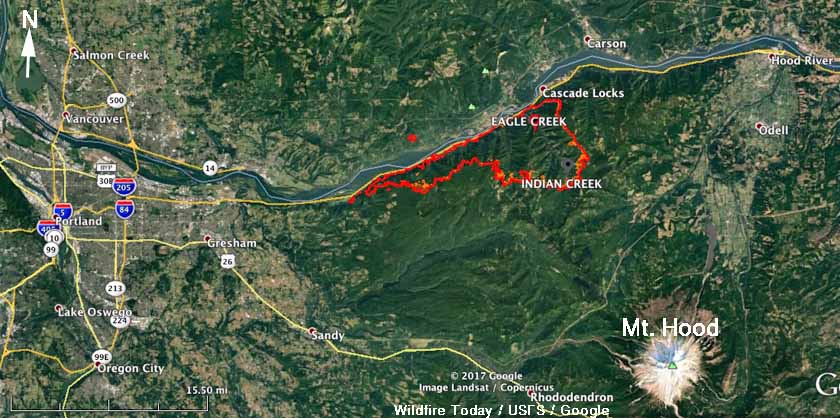Above: The Washington, DC headquarters of the U.S. Forest Service. Photo by Bill Gabbert.
(Originally published at 9:53 a.m. MDT September 8, 2017)
The wildland fire appropriations bill that is being considered in the House of Representatives does not have any earth-shaking changes but it includes slight increases for fire suppression and fuels management, while State and Volunteer Fire Assistance would be cut.
H.R. 3354 would determine the amount of funding for about a dozen agencies, most of them within the Department of the Interior — including the Bureau of Land Management, Bureau of Indian Affairs, Fish and Wildlife Service, National Park Service, and Forest Service.
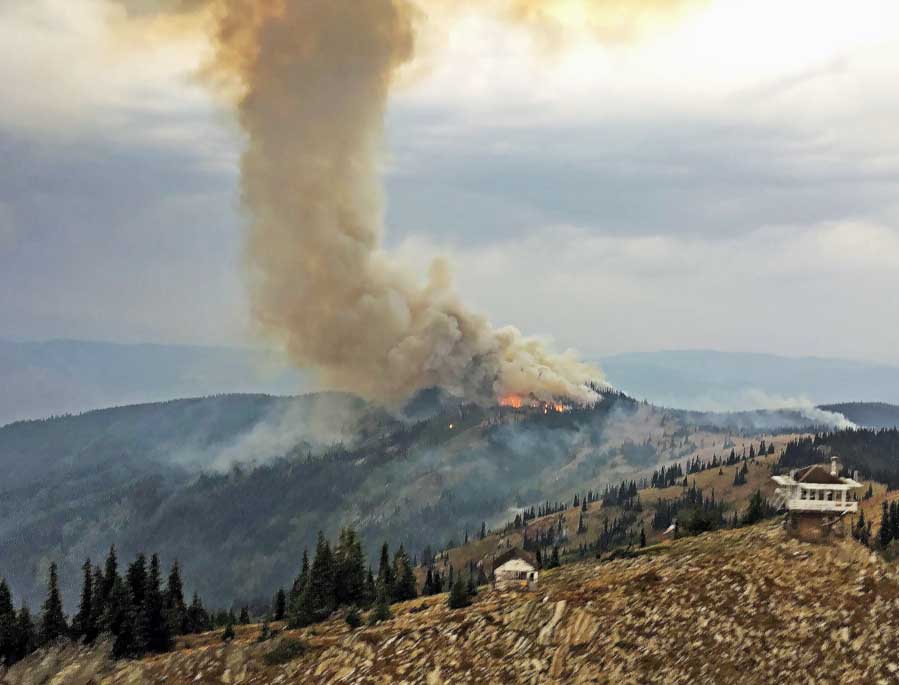
It is being debated in committees and will undoubtedly change before it is approved in the House and Senate and signed by the President, but here are a few of the highlights related to wildland fire. The numbers are the appropriations for the Forest Service only.
- The bill will again use the rolling 10-year average of fire suppression expenses as part of the computation for the new budget. Since the average went up, the bill includes a $15 million increase in suppression.
- Hazardous fuel management increases by $3 million (less than 1 percent) to $393 million.
- Within the Forest Service, hazardous fuel management funds will be moved from the Suppression account to the National Forest System Appropriation, as requested by the agency.
- State Fire Assistance went down by $2 million to $76 million.
- Volunteer Fire Assistance decreased by $1 million to $14 million.
The legislation will get rid of the Federal Land Assistance, Management, and Enhancement Act (FLAME). It was created in 2008 intended to provide dedicated funding for suppressing fires and hazardous fuel reduction treatments. The way it was managed by Congress over the years made it irrelevant and will now be collapsed into the Suppression account.
 There is still no fix for the “fire borrowing” issue that results in funds being taken from non-fire accounts when suppression expenses are exhausted. These accounts are usually reimbursed by Congress, but it can happen months later, which can cause chaos in programs unrelated to fire.
There is still no fix for the “fire borrowing” issue that results in funds being taken from non-fire accounts when suppression expenses are exhausted. These accounts are usually reimbursed by Congress, but it can happen months later, which can cause chaos in programs unrelated to fire.
Our Opinion
Obviously the fire borrowing train wreck has to be fixed. This ridiculous situation should be a no-brainer.
Fires are getting larger, causing major disruptions in the lives of many taxpayers. Basing the funds for suppression on the 10-year average cost too often does not work.
The 10-year average of the acres burned in the U.S. to this date (September 8) is 5,515,998, while 8,036,858 acres have burned to date this year (National Interagency Fire Center, September 8, 2017). That is a 48 percent increase over the average.
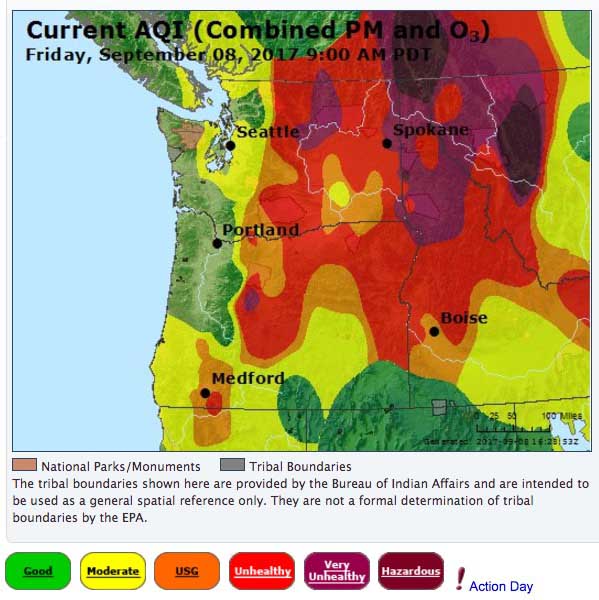
Smoke from wildfires is affecting the health of millions. Often this summer the air quality in large areas of the Northwest has been classified according to air quality monitoring stations as Unsafe for Sensitive Groups, Unhealthy, Very Unhealthy, or Hazardous. A friend who has respiratory issues in South Dakota, hundreds of miles from any large fires, has been seriously affected by wildfire smoke this summer. Some families are having to take their children with asthma to hospitals when the smoke invades their community.

More successful fire suppression would reduce the smoke impacts on millions of people.

Not all fires are aggressively fought by the federal agencies. We can debate whether that is the best way to manage forests, but even if there is no change in that policy, more can be done to keep new fires from becoming large — and we can more aggressively suppress all unwanted fires. Successful battlefield Generals, including Norman Schwarzkopf, understand the concept.
A Wikipedia article about the General describes planning in 1991 for Desert Storm in Kuwait and Iraq:
U.S. commanders from the beginning wanted a quick conflict characterized by decisive, overwhelming force, as opposed to the gradual escalation of U.S. involvement as had been seen in Vietnam. Schwarzkopf in particular was very adamant that many of the policies governing military operations in Vietnam, especially slow escalation of air power and troop force, not recur. His plan for direct and overwhelming force was initially criticized in Washington as uncreative.
The fighting was basically over in less than 100 hours.
The same concepts relating to air power and troop force can be applied to fighting another enemy — unwanted wildfires. A timid initial attack on a new fire can allow it to spread to the point where no suppression attempts will be successful until there are major changes in the weather, fuels, or topography.
Some of us remember when aggressive initial attack was the norm in the federal agencies rather than the exception. In the short run it costs more to dispatch an overwhelming force to a new fire than using a timid approach with few resources arriving in the first 10 to 30 minutes, but it can prevent later expenses of tens of millions of dollars — and also prevent hundreds of firefighters from being tied up on one fire for weeks or months, as well as the loss of private property, evacuations, smoke, and timber being destroyed.
The cost and disruption caused by evacuations from fires is rarely openly discussed, but the act of packing belongings and transporting a family to another location for multiple days can be an extreme hardship, not only because of the inconvenience, but also the cost for the evacuees, and the businesses whose customers temporarily live somewhere else or avoid the area. It would not surprise me if an aggressive attorney recruited evacuees who want to sue to recover their costs, claiming the fire could have or should have been suppressed before it grew large.
Funding the federal fire agencies and managing them so that they CAN and WILL as a matter of policy attack new fires aggressively, becomes increasingly important as firefighters are battling multiple megafires each year.
They need to have the technology that will enable them to fight their enemy more efficiently and safely. Drones can provide real time information about the behavior and location of fires. The small aircraft can also serve as radio repeaters for voice communication and location trackers for firefighting resources. These safety-related concepts can help to provide the Holy Grail of Wildland Firefighter Safety — knowing the real time location of the fire and firefighters.
Aerial firefighting resources, including helicopters and air tankers, are most effective when used during the first hour of a new fire. In order to have them reliably available for initial attack the U.S. Forest Service should contract for or operate 40 large or very large air tankers on exclusive use (EU) contracts. And instead of reducing the number of Type 1 helicopters on EU contracts from 34 to 28 as was done this year, there should be at least 45.
(Update at 10:22 p.m MDT September 8, 2017: The USA Today has an article about the USFS budget, including quotes from the Secretary of Agriculture and … the article above.)


